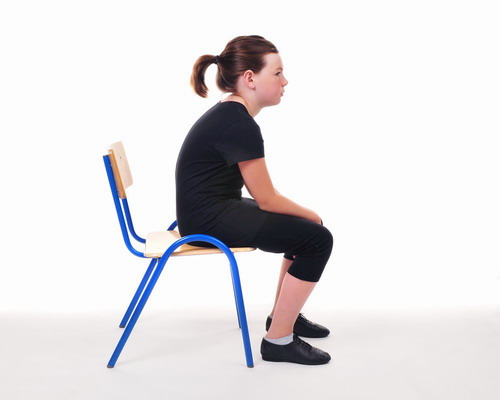Why put on an Alexander Technique Workshop just for women?
Category Archives: Alexander ~ Notices
Elisabeth Walker
Elisabeth Walker ~ December 1914 – 17 September 2013
will be buried at Westmill Woodland Burial Ground on Friday 5th October.
Poised for Life
Poised for Life
Ban Backward-sloping School Chairs
Alexander Technique Research to Help Neck Pain
Research to Help Chronic Neck Pain
Alexander Technique Student Graduates as a Teacher
Tim Giles, award-winning Composer and Jazz Drummer – and now Alexander Teacher.
Tim Giles has just graduated (July 2011) from LCATT, the local Alexander Technique Teacher Training School where I am a visiting teacher. He is seen here playing at LCATT’s end of term party.Tim was one of my Alexander pupils before he joined the STAT recognised Training Course and it is great to see him qualify as an AT teacher.
I am pleased to say that Tim will be assisting me with the upcoming Short Intro Course in September – which means that participants will be able to have hands-on work both from myself and from Tim.
This introductory course is for a small group, so if you are interested in attending, please note that it is essential to enrol in advance.
Earlybird Reduced Fee is available if you pay before 30th August
Do You Slouch?
Slouching and poor posture is the topic of an article in today’s Mail Online (24 Jan 2011) in which Bella Blissett urges women not to copy the stars on the catwalk, who can be seen in various distorted postures wearing a series of excruciatingly high heels (which in themselves can cause back problems – see my article on wearing high heels).
As the ATEAM Research Trial showed, the Alexander Technique really can help people to reduce chronic back pain and to improve the quality of their life.
Please book in advance, as the workshop is for a small group.
GPs asked to refer patients to CNHC Practitioners
The Department of Health has requested all GPs and Chief Nursing Officers to refer patients who are seeking to use a complementary therapy such as the Alexander Technique, to practitioners who are Registered with the CNHC, The Complementary and Natural Healthcare Council.
The Society of Teachers of the Alexander Technique, STAT, has worked hard with the CNHC in order to bring about the voluntary regulation of AT teachers. The CNHC Register has been set up so that GPs and the public can see which practitioners, including myself, ‘have been assessed as meeting national standards of competence and practice’.
Hopefully, this will benefit everyone and prospective pupils can be reassured, if they need to be, that an external professional body, plus STAT, are monitoring our standards as AT teachers.
Complementary & Natural Healthcare Council Registration
Hilary King is on the CNHC Register.
The Complementary & Natural Healthcare Council, CNHC has been set up with the help of the Prince’s Foundation, to develop a structure of self-regulation for professional disciplines such as the Alexander Technique.
CNHC will work with the Society of Teachers of the Alexander Technique, STAT, to maintain and monitor high standards of Alexander Technique teaching and of professional Codes of Conduct. The CNHC is developing and expanding the number of disciplines that are eligible to join the register.
Further information:
Widen Your Understanding of the Alexander Technique
If you are already having Alexander Technique lessons, you might like to join AT Friends and go to some of their talks and Workshops, which take place at various venues around the country. These talks are an excellent way for you to extend your understanding of AT work and to meet other people who have some experience of the Alexander Technique.
Joining costs very little and the talks cost even less.
The next talk for London AT Friends is:
Thinking in Activity – How Space Shapes Attention ~ by Glenna Batson
Date: Tuesday 20 April
Time: 6.30 – 8.30
Fee: £5 (£3 Concession)
For further info visit:






